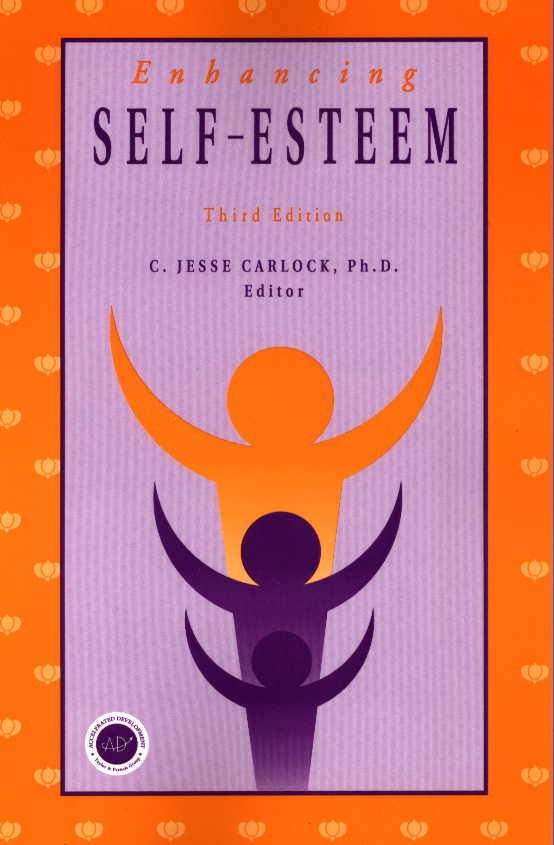 by C. Jesse Carlock, Ph.D.
by C. Jesse Carlock, Ph.D.
This resources offers a balance of current theory and research on the topic of self-esteem as well as an array of practical exercises for each topic presented.
Full Description:
Many people want to change how they feel about themselves but do not believe they can. The third edition of this highly recommended text instills hope by devising a blueprint for change and the tools and resources to change. It presents five phases: - self-awareness
- assimilating positive beliefs
- modifying or eliminating negative beliefs
- identifying and improving skill deficits
- integration and provides the basis for successfully enhancing self-esteem
Interventions are outlined to bring together theory and methods - cognitive, emotional, physical and behavioral. For both children and adults.Key features include:- Designed as a textbook for courses, workshops, and seminars
- Translates theory into practice
- Provides more than 100 activities with specific procedures and anticipated outcomes
This is taken out of Chapter 4: Social System and Self-Esteem Feedback
Feedback is an important source of information about the self. Self-esteem develops out of a relatively stable perception of ourselves. In part, our perceptions are formed by feedback we receive. Sometimes this feedback is colored by the projections of others, and we may develop a faulty self-view if the information is not filtered. Young children have not yet developed these filtering abilities, and so may introject the flawed feedback of others. Changing that self-view requires introducing new data about the self; and the new data must be repeatedly reinforced or presented in a powerful or novel way to increase its impact. It is usually not until adulthood that people become aware of and sort through the feedback they internalized as children. Part of the individuation process involves becoming aware of introjects and evaluating these messages. We are continually given feedback, both verbal and nonverbal. Therefore, it is important that we learn to filter feedback. This involves sifting what is received, sorting through and owning what seems to fit, and discarding what does not. In thsi process, it helps to ask yourself two questions: - What grain of truth can I identify with in this?
- What doesn't fit?
For example, if Leon gives Jake feedback regarding Jake's behavior, the feedback may be truer than for Leon than for Jake. In other words, Leon may be projecting onto Jake feelings, attitudes, behaviors, or thoughts he considers unacceptable and so avoids recognizing in himself. Jake may display at least a piece of the behavior/attitude/feeling Leon is projecting, and so might ask himself, "What grain of truth can I identify with in this?" This kind of question facilitates the sorting Jake needs to do so that he does not take in what more aptly belongs to Leon (or to some significant person in Leon's history). |